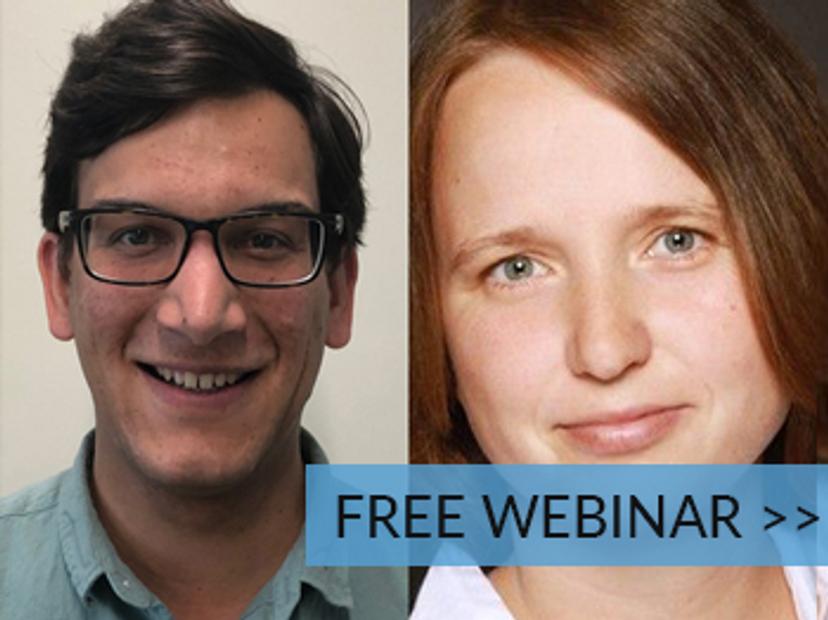Automation-enabled assay development for high throughput screening
Join us on Monday, September 21, to learn about assay development for high-throughput screening
7 Sept 2020

At Merck, a proprietary library of roughly one million drug-like compounds is screened in 10-15 high-throughput screening (HTS) campaigns per year. Respective assays range from simple binding analysis to complex phenotypic assays with multiple read-out parameters.
In this upcoming webinar, hear from Dr. Nina Grossmann and Adrian Schoen of Discovery Pharmacology at Merck, Darmstadt, as they explore how they use the DragonFly Discovery to set up robust high-throughput assays in a short timeframe. Also, hear about how the system allows the team to speed up assay development, multiplex assays, and save reagents.
Register NowJoin this webinar to learn about:
- Assay development for high-throughput screening (HTS)
- Molecular mode of action (mMoA) studies
- Routine lab assays in 1536-well formats
Who should attend:
- Technicians, lab managers, and scientists who are working in small-molecule drug discovery
- Scientists and researchers working in screening
- Those who want to speed up assay development for screening and mMoA studies
The live webinar takes place on Monday, September 21, at:
- 15:00 BST
- 16:00 CEST
- 07:00 PDT
- 10:00 EDT
Register for this webinar here>>
SelectScience runs more than 10 webinars a month across various scientific topics, discover more of our upcoming webinars>>

